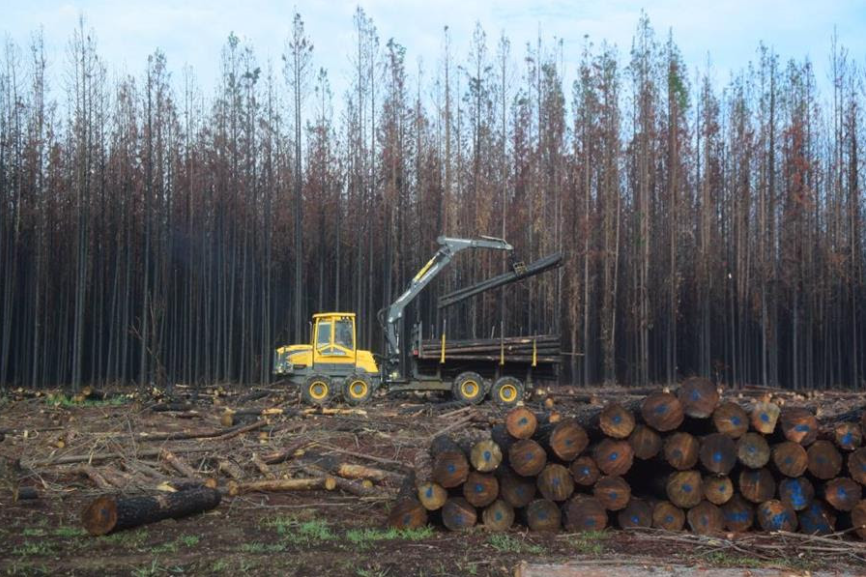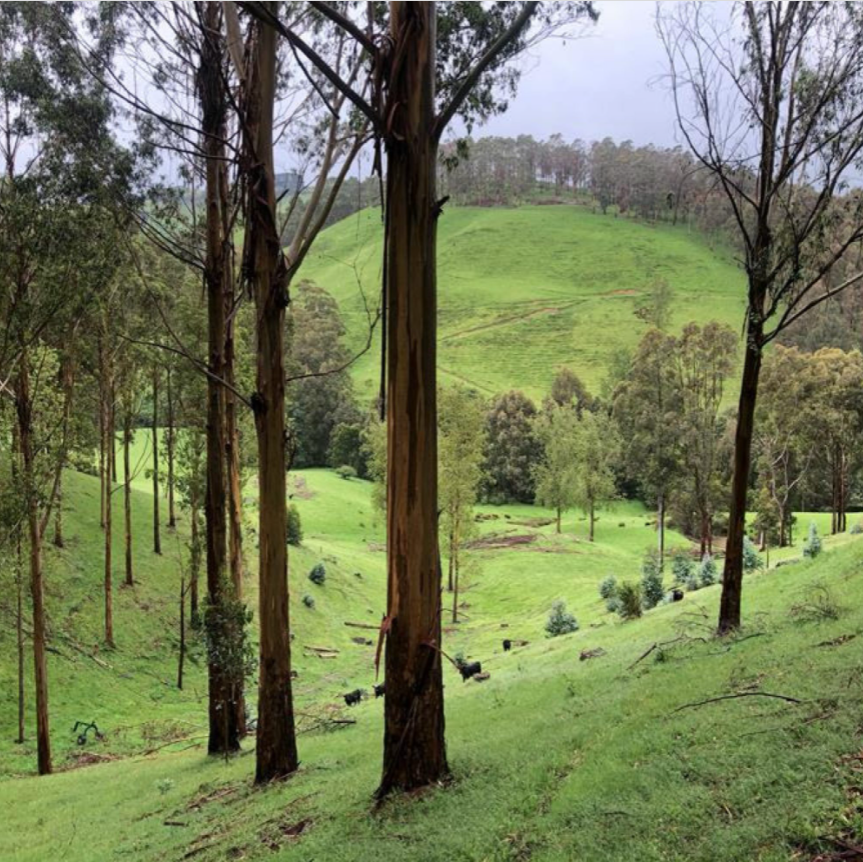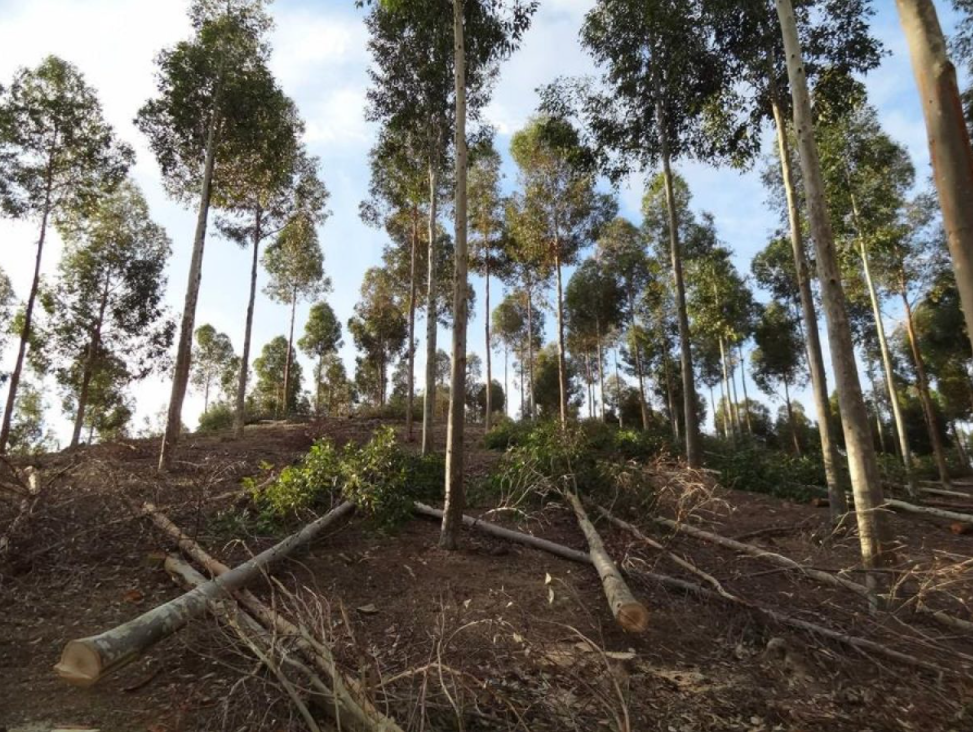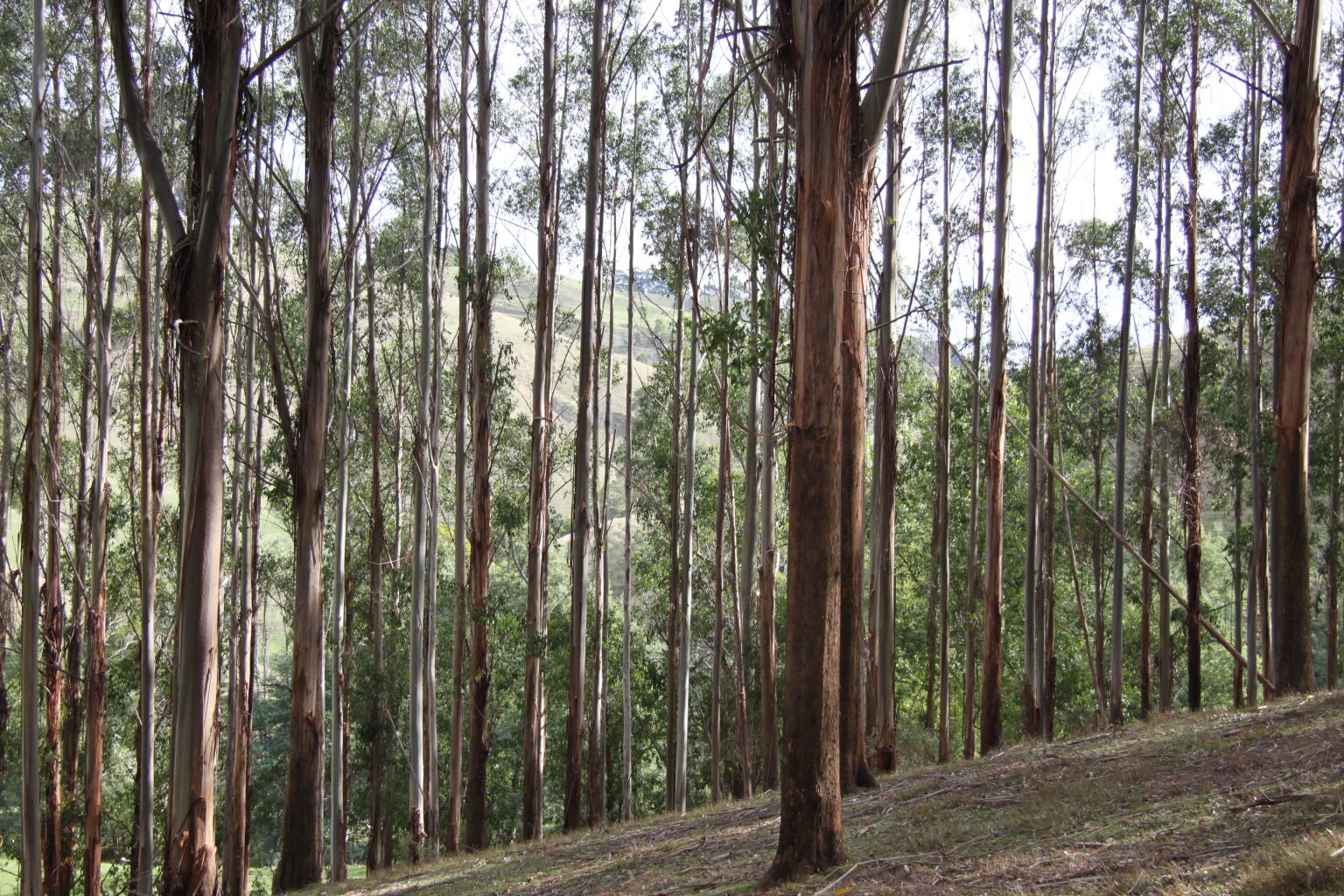News

on Oct 04 2021
Part of the CERES Fair Food newlsetter series, words by Chris Ennis.
This summer over 40% of forests set aside for native logging operations have burned.
With the end of native logging in Victoria recently announced, the bushfires have just ramped up the fight for what’s left in our forests a whole lot of notches.
Up in the Victorian central highlands VicForests’ logging contractors, who were already struggling to fill woodchip and timber quotas before the bushfires, have continued clear-felling forests.
Desperate to protect the now much-reduced greater glider, smoky mouse, sooty and powerful owl habit, citizen science group WOTCH successfully sought a supreme court injunction to stop the logging.
Meanwhile, The Australian Forest Products Association (AFPA) are lobbying politicians to keep woodchippers and timber mills going by giving them the go ahead to begin salvage logging in State Forests and National Parks.
Countering the call Professor David Lindermeyer, a prominent landscape ecologist and conservation biologist, says studies show salvage logging pollutes waterways, kills surviving wildlife and potentially delays forest recovery by more than a hundred years.
The AFPA are also talking up “mechanical thinning” as a means of hazard reduction and as a source of woodchips and timber into the future. Pushing back, conservationists view thinning as a cover to continue and expand native logging.
Before Christmas we didn’t have enough forest. Now we have even less.
The scale of the fires boggles my mind; 10 million hectares of forest burned so far, one billion animals killed.
Sometimes I’m tempted to think that we’ve actually lost this and my thoughts turn to stockpiling lentils and enrolling our kids into crossbow classes.
But the other day I saw this email from Philippa Noble, a tree farmer among other things at Brimin Lodge Farm near Yarrawonga.
It was written to the President of the Institute of Foresters of Australia, it read…
…..In a drier climate with more dry lightning strikes igniting fires, timber plantations near mountainous native forest areas will become more and more risky.
If all farmers were encouraged to plant 10% of their farms to managed plantations of fire tolerant species, not only would it spread the resource, benefit farmers and make the industry more resilient, it would also assist with habitat creation and carbon mitigation.
We are being told that we need transformational change to deal with the changing climate – this is an opportunity for transformational change…..
It was so sensible, so practical and so doable; a shared, low-tech solution requiring a small but powerful change in the way we grow our food and fibre.
It was LandCare for our timber.
And who couldn’t get behind that?

on Oct 04 2021
Part of the CERES Fair Food newlsetter series, words by Chris Ennis.
A couple of weeks ago the Andrew’s Government announced it was phasing out logging in native forests over the next 10 years.
The guts of the decision is;
1. Old growth logging will cease immediately.
2. Current regrowth logging will be extended until June 2024.
3. From July 2024 to June 2030 there will be reduced regrowth logging.
4. No native logging after June 2030.
The news was greeted with relief by environmentalists who have been fighting to save, among other things, the thousand or so remaining Leadbeater’s possums who live in the hollows of very old mountain ash trees.
Paul Haar, award-winning architect, long-time timber industry watcher and friend of Ceres Fair Wood emailed the other day with his own take on the decision….
….Great news for the Strathbogies but bad news for the old growth forests of NSW where Gladys Berejiklian has recently ‘remapped and rezoned’ public forests to expand old growth logging there.
Also bad news for the forests of Brazil, Bolivia and Peru where illegally logged hardwood laundered into the supply chain will flow into Australia at an ever more rapid rate.
If you check out all the durable external wood on building sites across Melbourne suburbs you’ll see old growth and regrowth Blackbutt, Spotted Gum, Tallowwood from coastal NSW as well as (in surging quantities) Cumaru from giant ancient trees of Amazonia.
So the question is what are our ethical timber alternatives?
Victoria has a growing number of farmers who have either planted trees suitable for timber or are tree-curious.
Establishing a farm forestry industry to replace native forestry is a huge undertaking but as the saying goes, the best time to plant a tree was 15 years ago, the second best time is today.
Trees planted on farmland are a win-win-win-win-win (yeah, so many wins).
– First farm forestry takes the pressure off standing native forests locking up carbon and protecting habitat
– Second, trees on farms hold water in the soil, prevent erosion and protect waterways
– Third, farm forestry sequesters carbon in the trees and in the soil
– Fourth, farm trees mitigate rising temperatures and reduce evaporation by creating shade and slowing down winds.
– Fifth, farm trees provide shelter for farm animals and habitat for native animals.
Farm trees are also an extra source of income for farmers but five is enough of a list.
Providing farmers with a market for their timber is Ceres Fair Wood’s reason for being.
The other part of our mission is helping people who are building, renovating or landscaping feel good about the timber they’ve sourced every time they walk into their house or sit out in their garden.
You can see what kind of timber we have available on our timber availabilty list.

Agroforestry's Time - Fair Food blog
on Sep 30 2021
Words by Chris Ennis.
It’s hard to know why some things get fished out of in-boxes while others, equally worthy of our attention, are left to drift by and wash up in the eddies of the unread.
For some deeply unknowable reason this week I found the clickbait of the Victorian Government’s Report from The Independent Expert Panel on Interim Emissions Reduction Targets 2021-2030 somehow irresistible.
Did you know in 2017 Victorians reduced our overall emissions by a whopping 11% when Hazelwood power station closed? I didn’t.
And that the biggest single impact on emissions we will make as a State will be the phasing out our last three remaining brown coal-fired stations – Yallourn, Loy Yang A and B.
But it was what The Expert Panel said next that I found most interesting – Victoria’s next largest carbon reductions will be come through forest management on public land, plantations and on-farm planting.
I had no idea that Victoria’s highland mountain ash forests are not only the world’s tallest flowering plants but are also the most carbon dense of any forests worldwide – amazing!
The FAO speaks about, The double potential of agroforestry to address climate change issues.
That’s because standing forests remove around a quarter of the CO2 we add to the atmosphere, while growing trees on farms sequesters even more carbon in wood and soil.
Then there’s the human side – if your timber deck is made of sugar gum grown on a Victorian farm there’s no need to chop down merbau trees in Myanmar which are quite likely being stolen from local indigenous families by foreign logging companies.
And there’s the environmental side – agroforestry trees help hold water in the land through droughts, reduce evaporation, provide shade, wind protection and habitat for animals.
Agroforestry is a sleeping giant in combating climate change; which is why CERES is so keen to support local farmers growing timber trees through our timber social enterprise Fair Wood.
In the last year, Fair Wood has sold timber purchased from twenty-four Victorian farmers that has been used in cladding houses, flooring, decking and landscaping.
Like organic food thirty years ago, agroforestry timber occupies a tiny niche in the market, however, just as people woke up to the environmental and social benefits of organic farming, agroforestry’s time has come.
You can read more about Agroforestry in our resources blog.

Thoughtful forestry and a great story
on Jun 29 2021
It’s small-scale farmers who have small lot timbers to move and that need a market. So much of this type of timber historically, and indeed still today, doesn’t have an outlet to be sold. There is where Fair Wood comes in and indeed is one of our major reasons for being, to create a market for this amazing timber that will otherwise, often, become a waste product.


